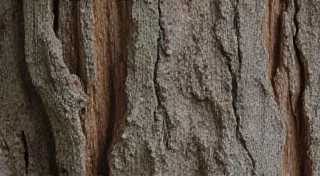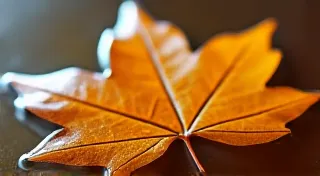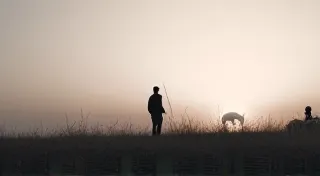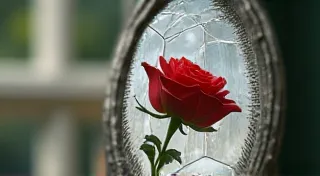The Gilt-Edged Lens: How Past Perspectives Shape Present Prose
There's a peculiar magic in holding an antique viewfinder. It’s not just the cool weight of brass and leather in your hand, nor the satisfying click of a shutter long silenced. It’s the echo. It's the whisper of a photographer, a moment, a life observed through a lens crafted decades, sometimes centuries, ago. For writers, these antique photographic artifacts offer more than just aesthetic appeal; they provide a direct line to understanding narrative voice, character depth, and the profound ways the past shapes our present.
My own fascination began with my grandfather’s collection. A retired engineer, he had a magpie’s eye for detail, hoarding not just gears and gadgets, but also a small, carefully curated assortment of vintage cameras and, crucially, their viewfinders. He wouldn’s let me *use* them, naturally – too precious, too fragile. But I was allowed to study them. To trace the intricate engravings on a bellows, to feel the subtle resistance of a focusing mechanism, to imagine the world as it appeared through that small, rectangular window. He's no longer with us, but the feeling of holding one of those viewfinders, of being transported back in time, remains intensely vivid.

The Technical Constraints: A Foundation for Narrative Economy
The most immediate lesson from studying vintage viewfinders and the cameras they inhabit isn't about the beauty of the objects themselves, but about the limitations they imposed. Early photographic technology was brutally unforgiving. Exposure times were long – minutes, even – necessitating stillness from both photographer and subject. Depth of field was shallow. Color photography was non-existent, or incredibly complex and expensive. These weren't drawbacks; they were defining parameters. They dictated what could be captured, how it could be framed, and, crucially, *why* it was captured.
Think about the prevalence of formal portraits from the Victorian era. People didn't pose for portraits on a whim. It was a significant investment of time and resources. The stillness required demanded a certain stoicism, a suppression of natural expression. This rigidity isn’t a flaw, but a window into the social pressures of the time. A writer aiming for authenticity can learn to apply this principle – deliberately choosing to restrict their narrative voice, imposing a careful, almost formal tone to convey a specific sense of character or era.
Beyond the Image: The Social Landscape Revealed
The act of taking a photograph was also far more than simply pointing and shooting. It was a performance, a social event. The photographer held a respected position; their equipment was impressive, and the process demanded patience and a degree of ceremony. Consider the elaborate darkrooms, the chemicals, the meticulous developing process – this wasn’s a casual hobby; it was an art, a craft, a science.
Looking through a vintage viewfinder isn’t just about seeing the past; it’s about feeling it. The constraints on subject matter were also significant. Landscapes were grand, epic, emphasizing the power of nature. Portraits were often stiff and formal, reflecting social hierarchies. Intimate moments were rare, reserved for the privileged few. These biases are baked into the photographic record – and they offer profound insights for writers striving for nuance.
A writer, like a photographer, makes choices. What perspectives do you choose to represent? Whose voices do you amplify, and whose do you marginalize? Understanding the inherent biases present in historical photographs—the perspectives excluded, the narratives silenced—can inform a writer’s commitment to inclusivity and representation. It is a reminder that every narrative, like every photograph, is a construction, filtered through a particular lens.
Craftsmanship as Inspiration: Finding Resonance in Detail
The sheer craftsmanship of a vintage viewfinder is also deeply moving. Many were handcrafted with an attention to detail that is almost unimaginable in today’s mass-produced world. The precise alignment of the optics, the supple quality of the leather, the richness of the brass – these aren't just aesthetic choices; they reflect a commitment to excellence, a dedication to creating something beautiful and enduring. This is a quality that contemporary writers should aspire to as well. It’s easy to churn out content, but crafting something truly resonant, something that lingers in the reader’s mind, requires the same level of dedication and attention to detail.
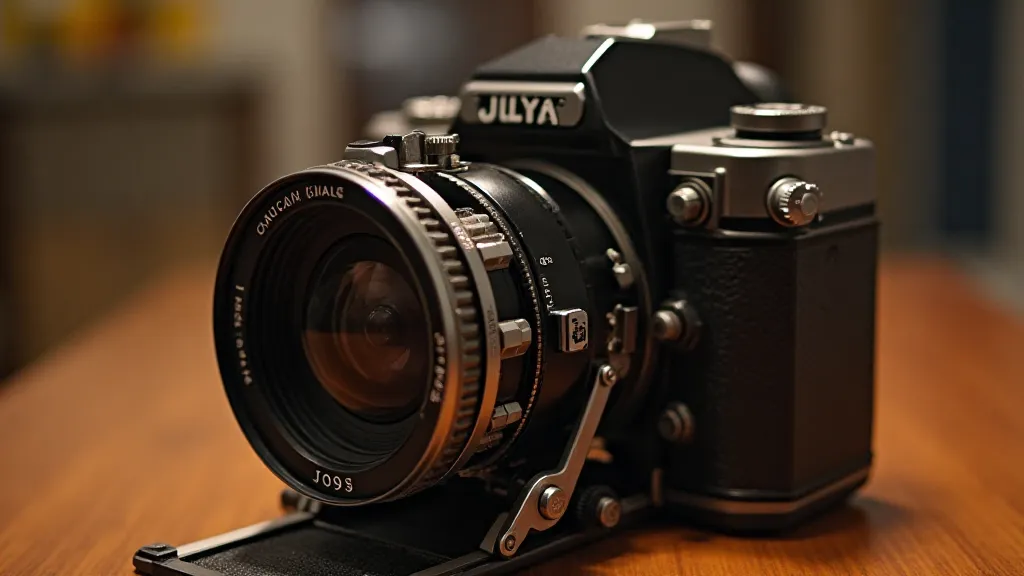
Echoes of the Past, Seeds of Innovation
Some might argue that clinging to the past stifles creativity. But I believe the opposite is true. Studying vintage viewfinders isn't about replicating the past; it's about understanding its underlying principles – the constraints, the biases, the aesthetic choices – and using those insights to inform and enrich contemporary work. The limitations of early photography forced photographers to be inventive, to find beauty in simplicity, to tell stories with minimal resources. Writers can learn from this same spirit of ingenuity.
Consider the rise of minimalism in literature. The rejection of elaborate prose, the focus on essential elements – this is a direct descendant of the photographic ethos of early practitioners. The challenge isn't to ignore the past, but to harness its power, to use its echoes as a springboard for innovation.
The Viewfinder as Metaphor
Finally, the viewfinder itself offers a powerful metaphor for the writing process. It’s a frame, a boundary, a limit. But within that frame, a world of possibilities unfolds. A writer, like a photographer, must choose what to include, what to exclude, and how to present it to the world. The gilt-edged lens of the past offers not just a window into another era, but a powerful tool for understanding our own – and for crafting narratives that are both resonant and innovative. It’s a reminder that the most compelling stories often emerge from the intersection of constraint and creativity, of the visible and the imagined, of the past and the present.

